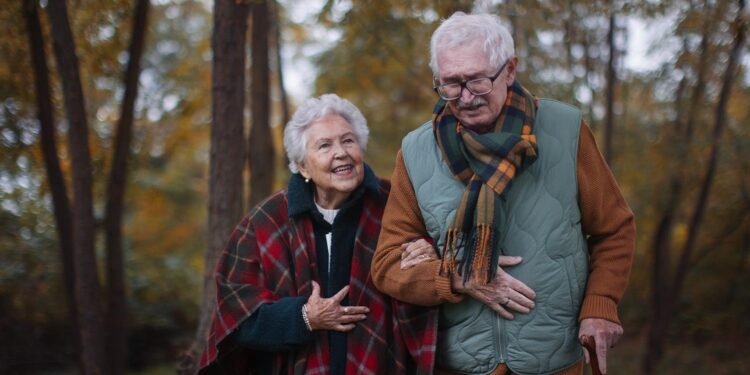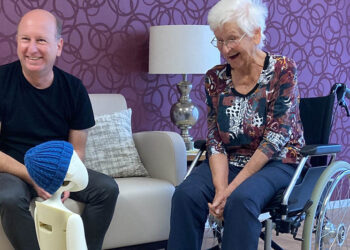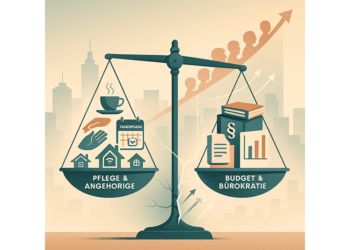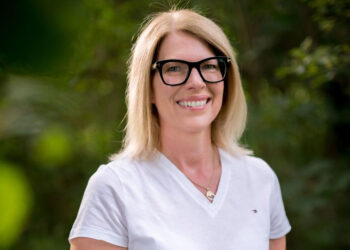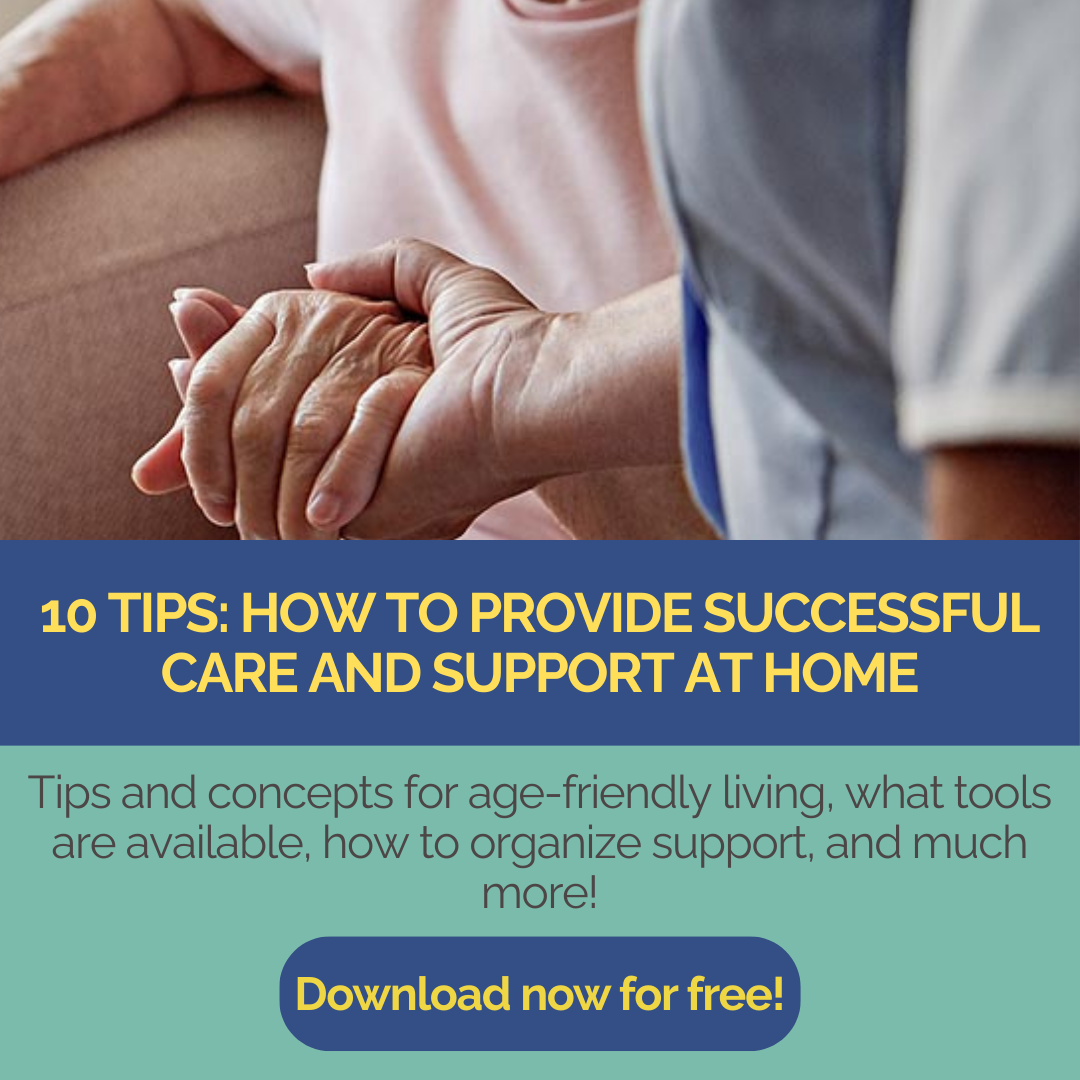The Community Nursing concept was tested throughout Austria for three years and was designed to provide early support and stabilization for older people, chronically ill people and family carers. An evaluation by the Carinthia University of Applied Sciences is clearly positive: The pilot phase has shown how great the demand for local health promotion and preventative support is. Nevertheless, the projects have been reduced, restructured or completely discontinued in some federal states after EU funding expires at the end of 2024.
In conversation with freelance community nurse Magdalena Fischill-Neudeck, it becomes clear what is at stake: Prevention cannot be thought of in terms of legislative periods. It requires long-term structures, multi-professional cooperation and a clear political decision – courage included. At the same time, the interview shows why community nursing is far more than just “additional care” – and what consequences the dismantling has for communities, those affected and the entire care system.
SBC: What is behind the term Community Nurses, what is the basic idea behind it?
Fischill-Neudeck: Community Nurse or Community Health Nurse are international terms for nurses who work in community-based prevention and care. Here in Thalgau (Salzburg/Austria), where I work as a community nurse, we have chosen the term healthcare. This describes the core of our work very well. The idea behind it is to bring healthcare to where people live: Into the community, into the neighborhood, into their own four walls.
We community nurses are qualified health and nursing professionals who are easily accessible and work close to home. We visit people at home as part of preventive, i.e. precautionary, home visits. We support family caregivers on site – for example by informing them about aids, regional support services or relief options and providing practical guidance. It’s all about prevention, guidance and support – not just when a health emergency occurs, but long before.
We show people how to improve and stabilize their own health or how to better deal with health restrictions. At the same time, we strengthen the local social network, connect health and social service providers and create structures in which people’s quality of life and health literacy are strengthened. Essentially, it is about recognizing small problems early and preventing them from becoming bigger.
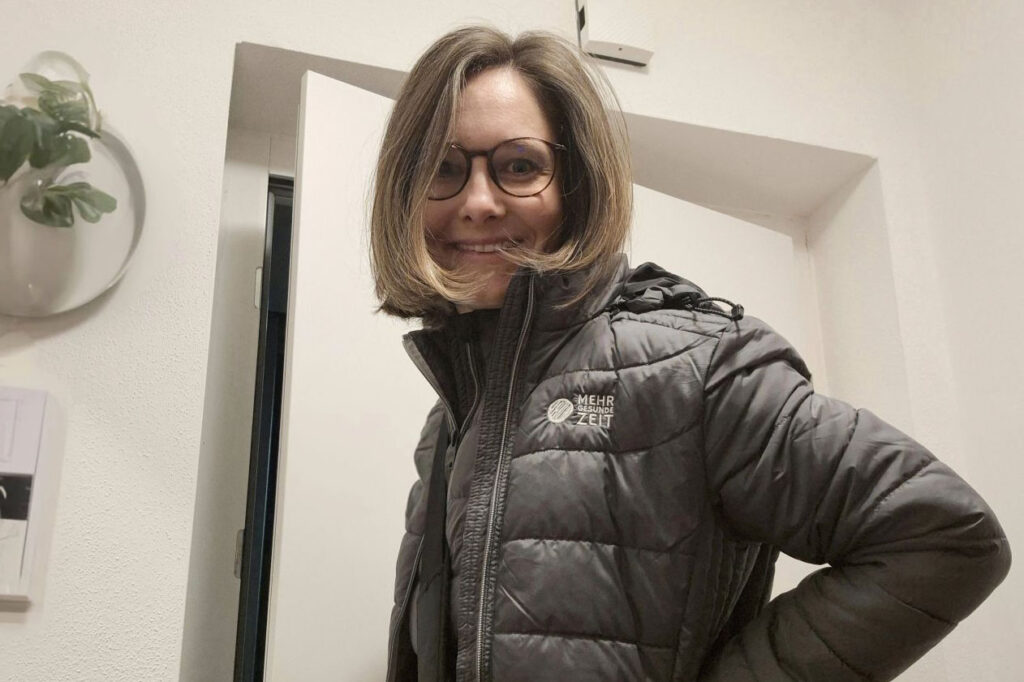
SBC: Who can use the services of the community nurses? Are there criteria for this?
Fischill-Neudeck: In principle, community nurses are open to all people in the respective region. There were target group criteria during the three-year EU piloting: For example, a focus on people over the age of 75 and on family caregivers. However, many regions have deliberately expanded these target groups in order to specifically address regional needs.
In Thalgau, we chose a broad approach right from the start: Anyone with a health or care concern could register without having to have a care level or proven need. This prevention – i.e. support before restrictions arise or worsen – is a central component of the concept.
SBC: The community nurses were based on EU funding, but now many of these health and nursing staff are falling victim to austerity measures and are not being included in regional or national budgets. If you look at the current situation: Where are we right now?
Fischill-Neudeck: The EU deliberately provided the initial budget for the first three years – from 2022 to 2024 – as start-up funding to test the Community Nursing concept and to encourage its continuation if implementation is successful. The municipalities and federal states knew this from the outset.
At the end of the pilot phase, we saw that the 116 projects across Austria were very successful: The evaluation results from the Carinthia University of Applied Sciences and the final report from Gesundheit Österreich GmbH clearly show positive results. In the compensation negotiations between the federal government and the federal states for 2024-2028, community nursing was included in the nursing care fund. Nevertheless, the federal states have reacted very differently since the end of 2024.
The reasons for this lie in the very different starting points for care provision in the federal states. This is precisely where the concept could have developed its strength, as community nursing is understood internationally as a flexible modular system: Neighborhoods and communities should adopt those elements that they need in the respective region – such as a preventative focus and low-threshold, continuous accessibility. It is only important that the basic pillars described in the task and role profile of community nursing are retained.
There have been very different developments since the beginning of 2025: Lower Austria is continuing to fund the model until the end of 2026, while Styria and Salzburg have pledged funding for a further year, in some cases with the involvement of the municipalities. Tyrol has only integrated a single service into existing structures and terminated the rest of the concept. In Burgenland, care support points are to be set up in which community nurses will be based. Carinthia has combined community nursing with local nursing care from 2025. Vorarlberg has secured funding for 2025 and is planning a possible integration into home nursing care from 2026. In Upper Austria, the decision was left to the social welfare associations – which led to a significant reduction in services. Vienna anchored community nurses in the 1450 structure and coordinates preventive home visits via this office.
This diversity shows that although the concept has been proven to work, it has been and continues to be implemented very differently depending on the federal state – from full funding until the end of 2026 to major reductions and structural reallocations.
SBC: What are the direct consequences of the current cuts for communities, those affected and their caregiving relatives as well as for caregivers? What does this mean for local care – especially in rural communities where medical care and mobile services are already in short supply?
Fischill-Neudeck: Community nursing is not acute care and not an emergency service. And that is precisely why the loss of this service will probably not be felt immediately. The impact of this concept lies much more in its long-term development. All previous studies show that the focus on health promotion, prevention and empowering people to cope with their health restrictions independently helps to significantly reduce follow-up costs and problems.
Especially in remote communities with little medical and care infrastructure, long distances and few care services, community nurses would bring about a noticeable improvement in the long term: Better coordination, better networking and structured orientation for those affected. The demographic trend is clear: the number of older people is increasing, as is the risk of needing care. The question is not whether the need will increase, but how much – and how well countermeasures are taken.
Precautionary decisions and preventive measures can prevent health and care escalations in the long term. They help to delay the need for care, reduce health problems and thus avoid or delay hospitalization or institutionalization. Without these preventative structures, the already increasing follow-up costs will rise even further.
The capacities of mobile care and nursing services are already extremely different – for example, in comparison between a city like Vienna and rural regions such as Flachgau in Salzburg. Without prevention, this gap will continue to grow. The result will be even longer waiting times, overburdened mobile care services and care that reaches people less reliably. This puts a strain on those affected and their caregiving relatives – in terms of health, organization and emotion.
SBC: The cuts mentioned do not sound particularly far-sighted on the part of politicians. What long-term economic consequences do you expect from the partial discontinuation of community nursing projects?
Fischill-Neudeck: Two completely different time horizons come together in the discussion about community nursing. Politicians think in terms of legislative periods, which are naturally limited. However, health promotion, prevention and care cannot be organized in four- or five-year periods – they require long-term planning, cross-sector cooperation and a joint effort.
In addition, due to the different responsibilities and funding streams, we encounter a pronounced silo mentality in the health department, social department and social insurance. This may have worked for many years, but in view of today’s complexity and scarcity of resources, it is reaching its limits. If each sector tries to pass on cost-intensive services to another, the result will not be care that is geared towards people’s needs.
For those affected, it ultimately makes no difference whether benefits are financed through taxes or social security contributions. From a care perspective, however, it is problematic if necessary measures are delayed or not taken at all, resulting in greater health burdens later on.
This is why there is an urgent need to break down these sector boundaries and create a joint process that is geared towards the realities of people’s lives and care. Investments in prevention start concretely and early and have a long-term effect. This assessment is also supported internationally: The OECD and multi-professional expert committees have been recommending for years that greater investment should be made in preventive care and health promotion close to people’s homes because it saves costs and reduces suffering in the long term.
I therefore think that the problem for political decision-makers is not a lack of knowledge, but a different logic of interests. It’s also difficult because, to put it bluntly, you can’t take a photo with the theoretical elimination of costs – so it’s not a good political ‘sell’. Precaution is difficult to measure because it does not save money immediately, but only in the future.
In my view, political representatives should remember their role more clearly: they represent the population, whose needs they should take seriously. This also includes incorporating the expertise of those who make concrete proposals for future-proof care. Systems must be developed further if the framework conditions change. This requires courage and a willingness to change – and this is precisely what must now be demanded more strongly.
SBC: When you look ahead: What do you think is needed now? What political and social steps would be necessary to make care – and in particular support in the regions – future-proof?
Fischill-Neudeck: When people think of care, stereotypical images often arise: A caregiver, usually female, at the bedside of a person in need of help, associated with tasks and activities close to the body. This image may be correct in some situations, but it falls short. Healthcare and nursing is far more than the sum of individual actions. It encompasses a holistic, professional approach that aims to enable people to cope with their situation as independently as possible – or to learn to do so with targeted guidance.
It is precisely this narrow view that obscures the actual potential of prevention and resource orientation: starting early, before health problems escalate, and strengthening people in their self-efficacy. This also requires a change of perspective: moving away from a pure ‘repair mentality’ towards preventative, holistic healthcare, in which not only professional services are involved. Instead, health-promoting conditions must be established and everyone can make their own contribution.
At the level of health and care policy, health must become a multi-professional issue in which the various professional groups work together. And this cooperation should be seen much more as a joint project that also involves the population. Communication with the population also plays a decisive role. This can also be seen in the current debates about hospital closures or bed cuts. The media have an important role to play here in terms of providing comprehensive information that makes the context clear and comprehensible.
Thank you for the interview!
Our interview partner Magdalena Fischill-Neudeck is a freelance healthcare and nursing professional and works as a community nurse in Thalgau. You can find more information at www.mehrgesundezeit.at
Author: Anja Herberth
Chefredakteurin

